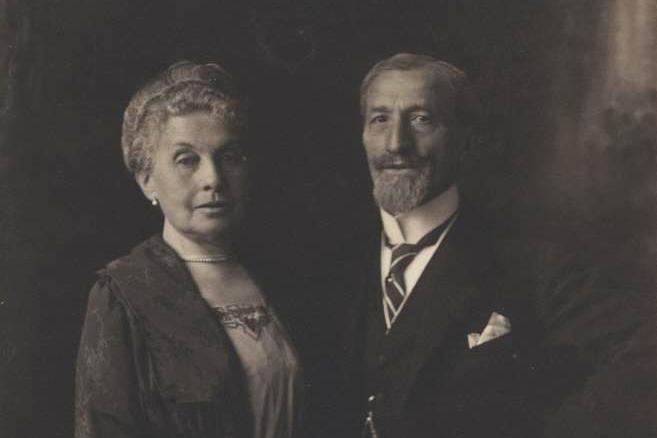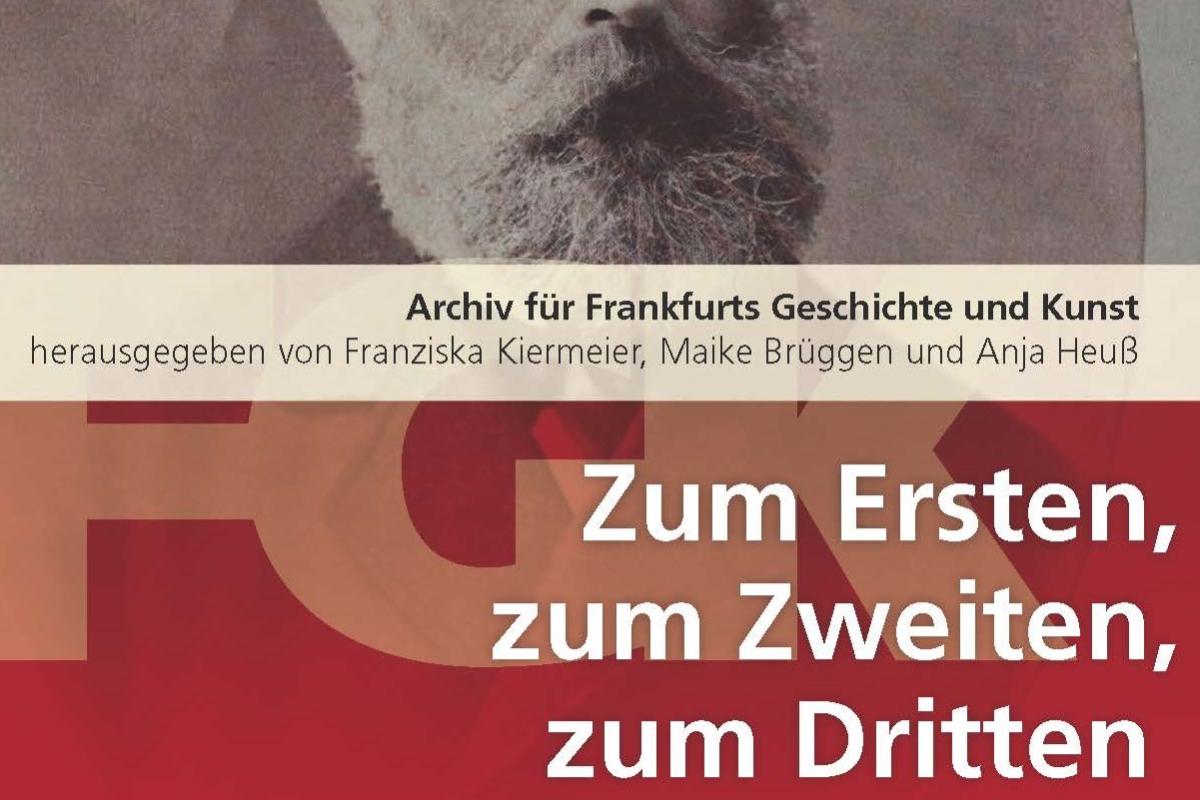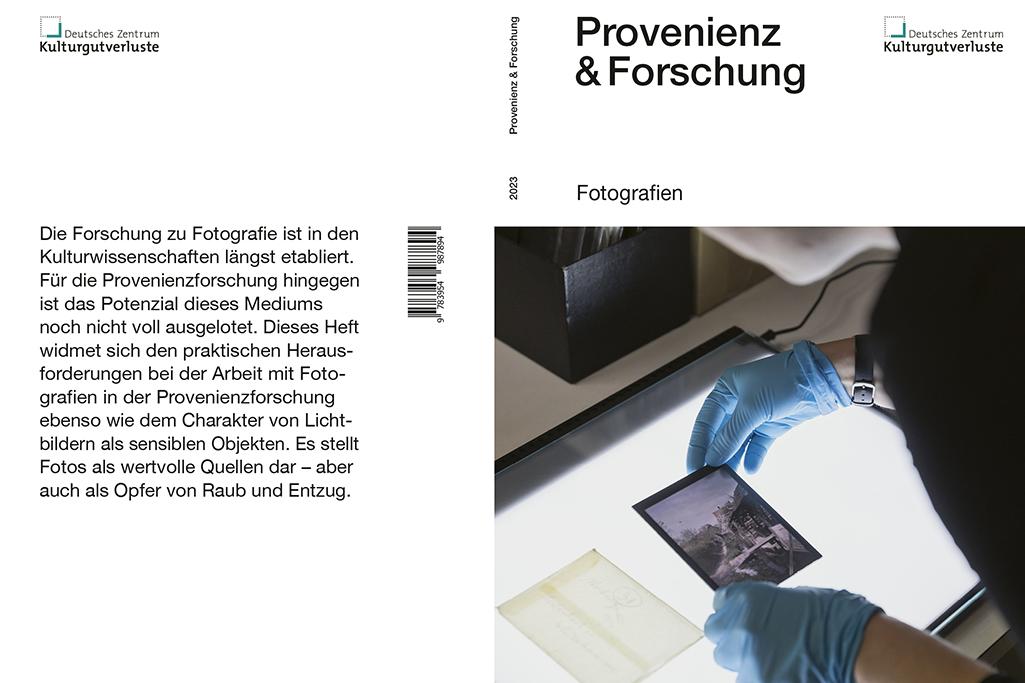Our Blog
Stadtarchiv München, DE-1992-FS-PK-STR-00231
New explanatory videos
German Lost Art Foundation | photo: Stefan Deutsch
Conference 2024 available online
Deutsches Zentrum Kulturgutverluste | Foto: Lena Grundhuber
Modified guidelines of project funding
Deutsches Zentrum Kulturgutverluste | Foto: Stefan Deutsch
Contact
Project Statistics
Germany
558 Projects
100% of all German projects
All projects
short-term projects
long-term projects
of which Nazi-looted cultural property
short-term projects
long-term projects
Colonial contexts
short-term projects
long-term projects
Soviet Occupation Zone and GDR
short-term projects
long-term projects
of which Wartime Losses
short-term projects
long-term projects
| Active Projects | Completed | Not yet begun | |
|---|---|---|---|
| Total Number | 111 | 434 | 10 |
| Archive | 0 | 8 | 0 |
| Library | 5 | 17 | 0 |
| Institute | 5 | 21 | 0 |
| Cooperations between public and private institutions | 1 | 3 | 0 |
| Cooperations between individuals and public institutions | 5 | 14 | 1 |
| Museum | 48 | 241 | 4 |
| Privately owned institutions | 4 | 12 | 0 |
| Private person | 7 | 5 | 0 |
| University | 19 | 43 | 3 |
| Public administration | 17 | 70 | 2 |
To the projects
Registration is required to view the final reports on Proveana.


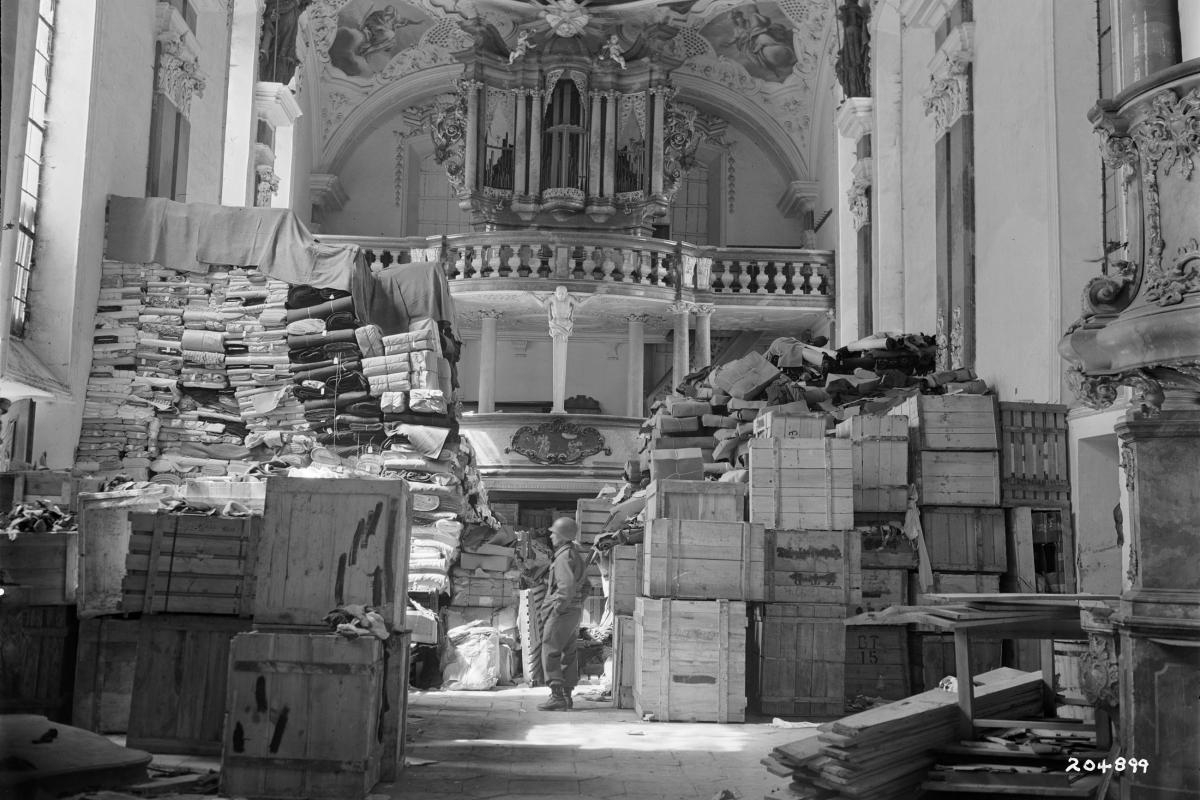
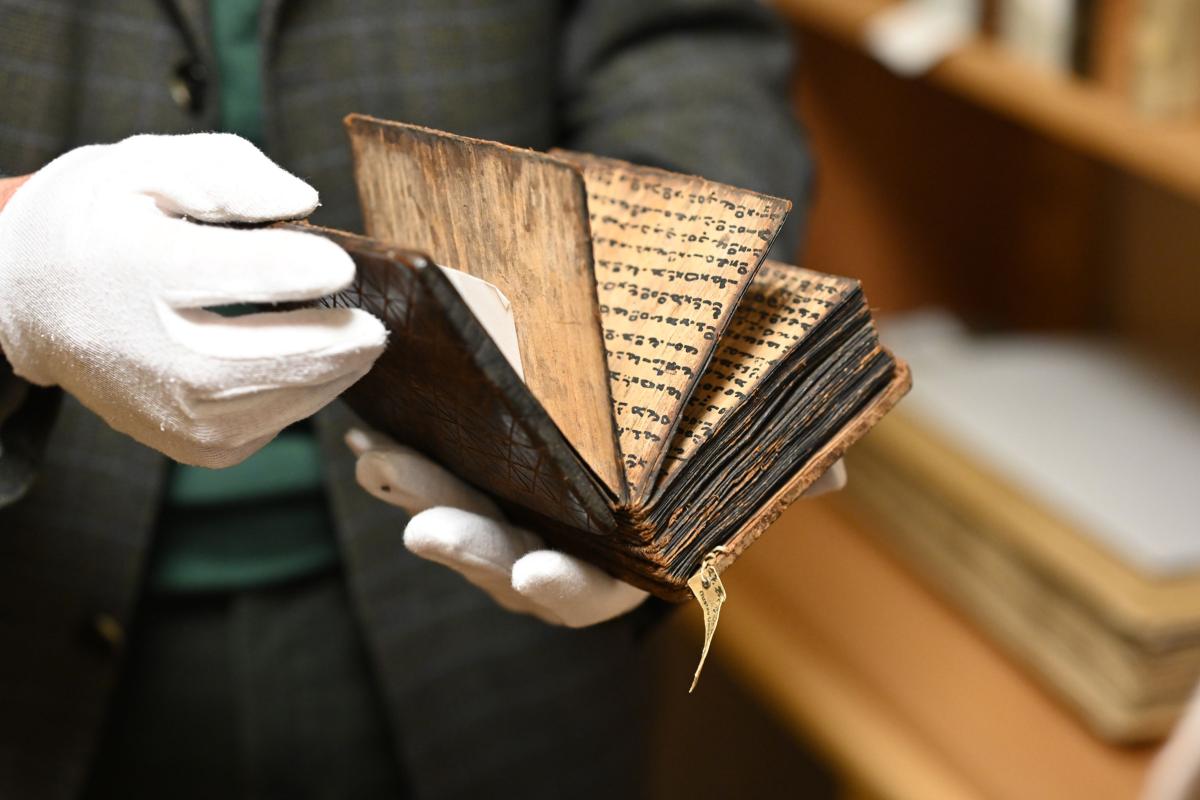
![30.7.1959, Rückkehr v. 2 vermißten Cranach-Gemälden durch Prozeß aus London. Öffnen der Kisten am 1.8.1959, von links: 1. Generaldirektor M.Seydewitz (v. hinten); 2. Karl-Heinz Weber, Chefrestaurator d. Gem.galerie, dahinter: Dr. Erna Brand, wiss. Mitarbeiterin, 3. Dr. Henner Menz, Direktor der Gem.galerie AM, 4. Heinrich Schwagerus, Restaurator d. Gem.galerie, 5. Zollbeamter, 6. Alfred Rudolph, Sekretär i.d. Gem. Restaur. Werkstatt, 7. ? [image description of the back of the photo] Paintings are taken out of a box while many people watch](/sites/default/files/styles/3_2/public/2024-05/Archiv%20SKD%20Fotoarchiv%20304%20Mappe%201%20Foto%20772%20recto.jpg?h=4755f7c4&itok=hU5kVt4u)
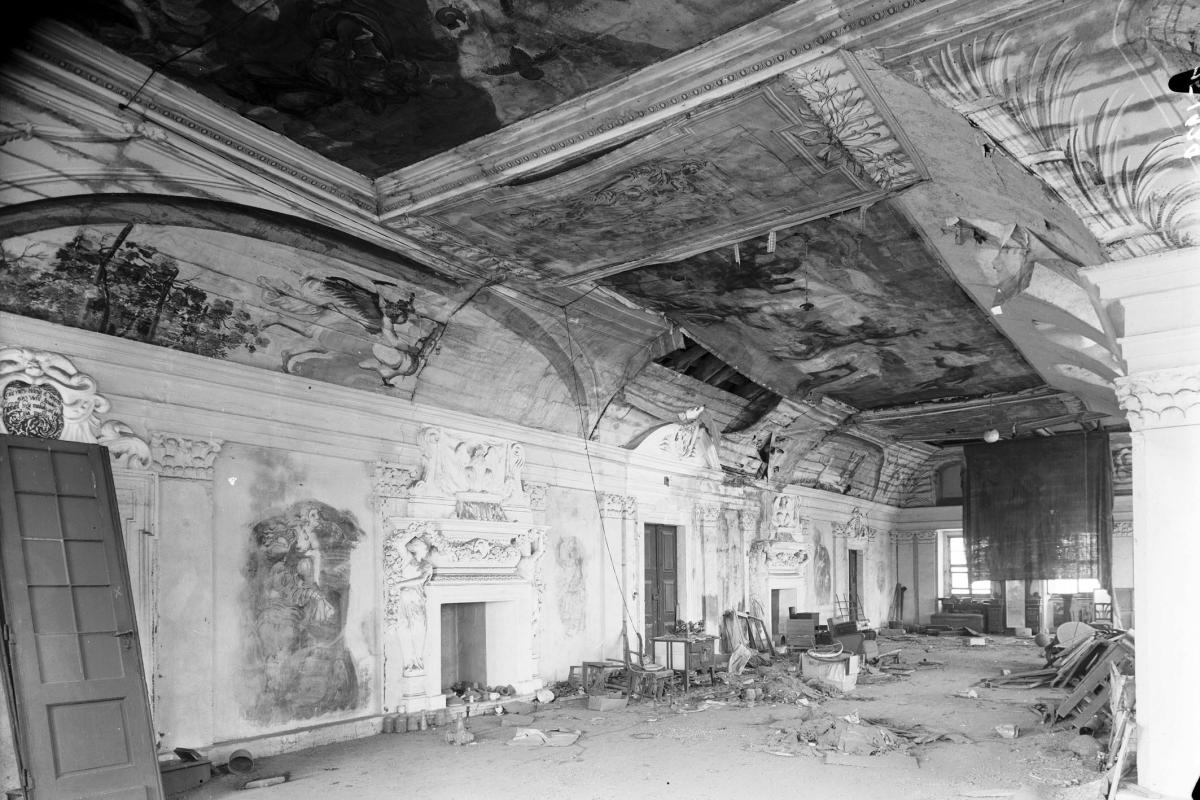


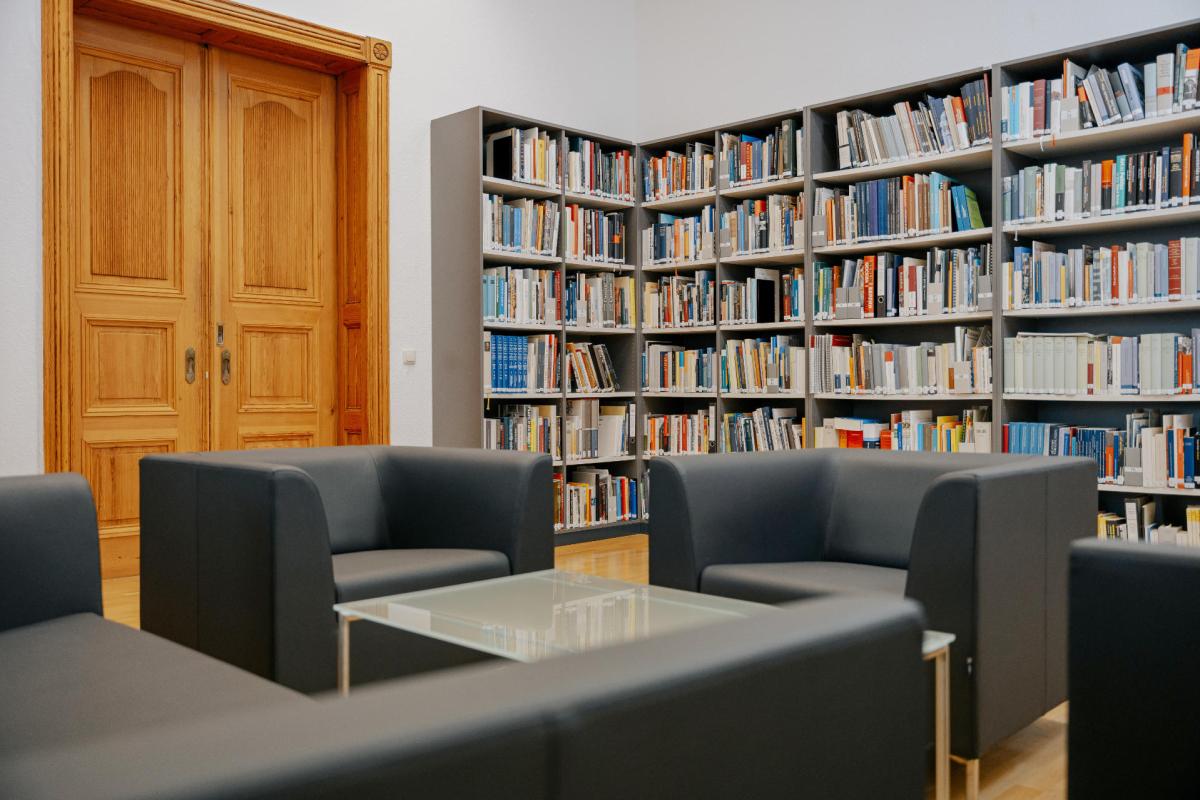
![Walter Reitzel, Berglandschaft / Melibokus [Hill Landscape / Melibokus], oil on cardboard, Rhineland-Palatinate General Directorate for Cultural Heritage, Mainz State Museum, inv. no. J 21. (extract) Oil painting](/sites/default/files/styles/3_2/public/2024-06/2024_06_Restitution_Kahn.jpg?h=05c382c9&itok=GOgn7OrE)
![Great-grandson Pablo Levi with his family at the exhibition Herkunft [un]geklärt. People in front of a showcase with open books](/sites/default/files/styles/3_2/public/2024-06/06-2024_DSC08757_InnenministeriumRLP.jpg?h=7c2debd2&itok=JCn4UZYY)
